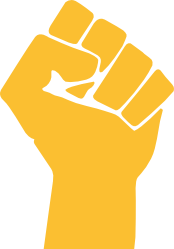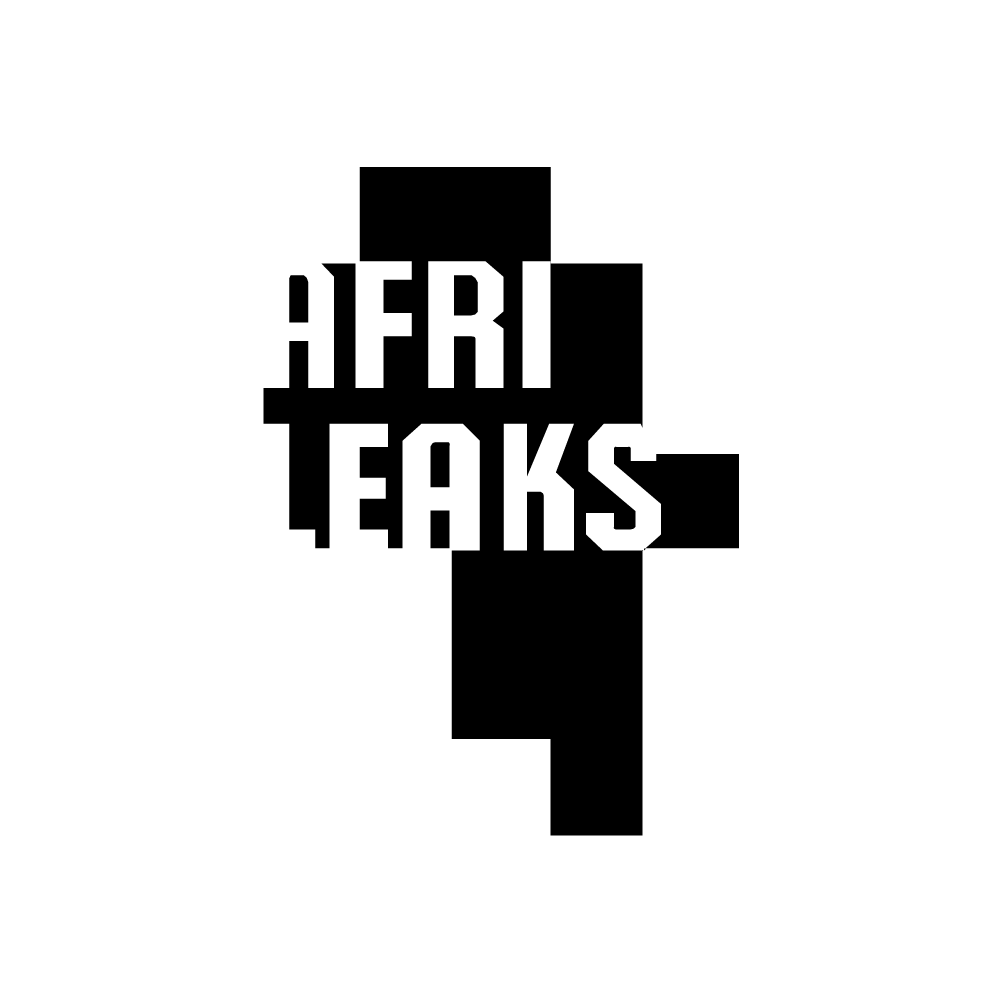Namibia, a mining frontier for decades, continues to struggle with mining companies which subject workers to dangerous working conditions. Among the alleged culprits are Australian multinationals. Well-established Australian companies face allegations of treating Namibian workers differently by subjecting workers to health risks which would be deemed unacceptable back home.
An International Consortium of Investigative Journalists’ (ICIJ) investigation, in collaboration with The Namibian, found that Australian mining companies have been implicated in instances of death, disfigurement, and the displacement of people across Africa. They have also been responsible for environmental destruction.
That mining in Africa provokes controversy, even violence, is not new. Chinese companies receive regular criticism. Canada, too, has been forced to confront allegations of violence and even slavery linked to its mining companies.
The ICIJ investigation looked at Australia’s increasing role in exploring and developing mining projects on the African continent because it has been less examined.
Troubling
What ICIJ uncovered and pieced together suggests a troubling track record on the part of Australian companies in the rush for Africa’s minerals, including practices that would be impermissible, even unthinkable, in Australia and other parts of the developed world.
ICIJ found that, at the end of 2014, there were more than 150 Australian-listed active mining companies with recorded properties in Africa. Other estimates, using different criteria, put the number even higher.
Australian companies have 49 mining licences in Namibia; two of those companies are operational.
Even though Australian firms run successful mining companies which contribute to Namibia’s economy and workplace conditions have improved compared to two decades ago, there are still questions about the safety of workers.
Thousands of people, including village chiefs, former employees, human rights defenders and government agencies across Africa have taken Australian companies, their subsidiaries and their contractors to court for alleged negligence, unfair dismissal and eviction or pollution, according to court submissions and judgements unearthed from more than a dozen countries.
Langer Heinrich
Examples include Langer Heinrich Uranium mine, which was investigated in 2013 after a leading trade union, the Mine Workers Union (MUN), called for a probe into claims that pregnant employees were required to work in radiation-exposed areas.
The Langer Heinrich is owned by Paladin Energy. The Chinese state-owned nuclear firm bought shares in the company last year.
Workers’ concerns centre on the safety and health of expectant mothers and the conditions under which they work. According to them, there were cases of women going into premature labour, pregnant mothers having to travel long distances, as well as the alleged disregard of orders issued by doctors.
Even though the medical records of three women who lost unborn babies concluded that two were abortions, a recent report by the office of the Prime Minister also pointed fingers at the Australian mine.
The Prime Minister’s report, obtained last month, said there is a lack of safety at Langer Heinrich and that the workers are not aware of policies, rules and procedures as outlined in the radiation management plan.
It was also found that the company has been tardy when it comes to submitting reports to government. The 2011 annual report was submitted only in April 2013 and the 2012 exposure result provided in July 2013.
The 2011 dose results reviewed by the investigators found some discrepancies that needed to be explained.
“By implication, if it becomes known that a female worker is expecting, the working conditions must be adapted to avoid occupational exposure to ensure that the annual dose remains below ,” said the report.
The report also said that there is minimal information exchange with the workers and their representatives.
According to the investigators, the mine should have a radiation safety officer and assistant dedicated to radiation-related work only. They should be assisted by an appropriate number of assistants based on the work load and the extent of the activities related to radiation safety.
“This is a matter of concern which must be addressed with urgency,” the report said.
Spokesperson of the company Ratonda Katjivikua said the alleged “lack of safety culture” cited in the report mainly related to policies, rules and procedures concerning radiation management, while the section on general safety makes it clear that safety should be the concern of all involved - individual employees, their immediate supervisors, the company, trade unions and indeed the regulatory authorities.
She said LHU started a voluntary onsite pregnancy testing programme.
LHU said a radiation monitoring programme has been operating for some time to determine radiation characteristics around the mine site.
“This monitoring programme also generates data for the annual radiation report, enabling LHU to meet its reporting obligations in a timely manner,” she said.
Craton Mining
Exploration company Craton Mining and Exploration is a subsidiary of Australian-based International Base Metals. Last year, Craton received a 20-year mining licence to explore the proposed Mitiomire copper mine 140km north-east of Namibia’s capital city Windhoek.
Daily newspaper Namibian Sun reported in 2013 that farmers living close to the mine accused the company of not consulting them over the environmental risks of the project.
Craton Mining’s country representative Karl Hartmann said they held public meetings about the project at which farmers made suggestions on mitigating the social and environmental impacts to their community.
“These suggestions have been considered and many of these have been incorporated into the development and planning of the project as well as the updated social and environmental impact assessment,” he said.
Hartmann said the proposed mining methods have a relatively low impact on the environment and, together with mitigating measures, the aim is to minimise the effect on the daily lives of the local community.
Rössing
Rio Tinto owns Rössing Uranium Mine. An investigation found that some employees who worked at Rössing in the 1970s are dying of cancer.
This is included in a report released last year by Earthlife Namibia and the Labour Resource and Research Institute (LaRRi). It said ex-Rössing miners who dug uranium ore to supply raw material for bombs and civil nuclear power to the British and US military in the 1970s are reported to be dying of cancer and unexplained illnesses.
“These workers started working in the mine in the 70s and early 80s when safety conditions were non-existent or very poor,” the report said. The researchers recommended a large-scale epidemiology study by independent medical experts to examine workers who started working in the 1970s or early 1980s.
The Namibian government holds a 3% stake in the mine, which produces around 7% of the world’s uranium. The Iranian government has a 15% shareholding.
A year after that report, Earthlife Namibia said Rössing had not allowed them to inspect the mine as requested. “We tried a couple of times but they did not want,” said Bertchen Kohrs, the director of Earthlife Namibia. Instead, they were referred to another ministry for an environmental assessment of the mine, she said.
Rössing managing director Werner Duvenhage said they commissioned a study to understand the potential impact, if any, of occupational radiation exposure at the mine on workers’ health by using their medical and radiation exposure records that date back to when mining operations began.
“The process of identifying a suitable external service provider with the required credentials for the execution of the study started early this year and the University of Manchester has been identified as the provider to conduct this epidemiological study which is expected to be completed in 2016,” he said.
Duvenhage said safety remains their priority.
“Our goal remains zero harm- the solid establishment and maintenance of an illness and injury-free workplace, where everyone goes home safely each day,” he said.
Nomads Threatened
Australian company Deep Yellow Limited (DYL) has been in the news for environment - related concerns in their development of the Aussinanis uranium project.
The deposit is about five kilometres from the Gobabeb research centre, and about one kilometre from the Topnaar village. The Topnaars, located on the fringes of the Namib Desert, are one of the oldest Namibian tribes. The area also accommodates a research and conservation centre, Gobabeb.
Environmentalists fear that constructing a mine in the area will affect the centre as well as conservation in the Namib Naukluft Park - the largest nature reserve in Namibia, spanning an area larger than Switzerland.
Since 1997 Gobabeb has been a regional centre of promoting management of natural resources in arid environments.
DYL’s operations in Namibia are run by a subsidiary, Reptile Uranium Namibia. Its country manager, Peter Christian, insisted that any possible future mine development at Aussinanis will have to undergo environmental scrutiny.
He said the community was consulted prior to exploration. “Relations with both Gobabeb and the Topnaar community remains amiable and transparent,” he said.
Numbers
According to accessible records, more than 380 people have died in on-site accidents or off-site skirmishes linked to Australian Securities Exchange-listed mining companies since the beginning of 2004.
ICIJ included people killed away from mine sites in incidents, protests and military interventions linked to these companies, even in cases where companies deny liability.
“Mining is a risky and dangerous business, but in Australia we have the protection of trade unions and robust laws to prevent the risk of fatalities, violence and conflict,” says Serena Lilywhite, mining advocacy coordinator at Oxfam Australia. “This is not the case in many African countries.”
Exact comparisons are difficult. Factors such as the type of mineral produced and the level of mechanisation in different countries influence fatality numbers.
The mining industry has treated the continents very differently. Starting salaries for Australian mine workers is around US$60 000 (N$750 000), while the median minimum mining wage in South Africa, the best-paid jurisdiction on the continent, is about US$5 500 (N$68 000).

actNOW!
Register for updates and alerts on ANCIR Investigations.

